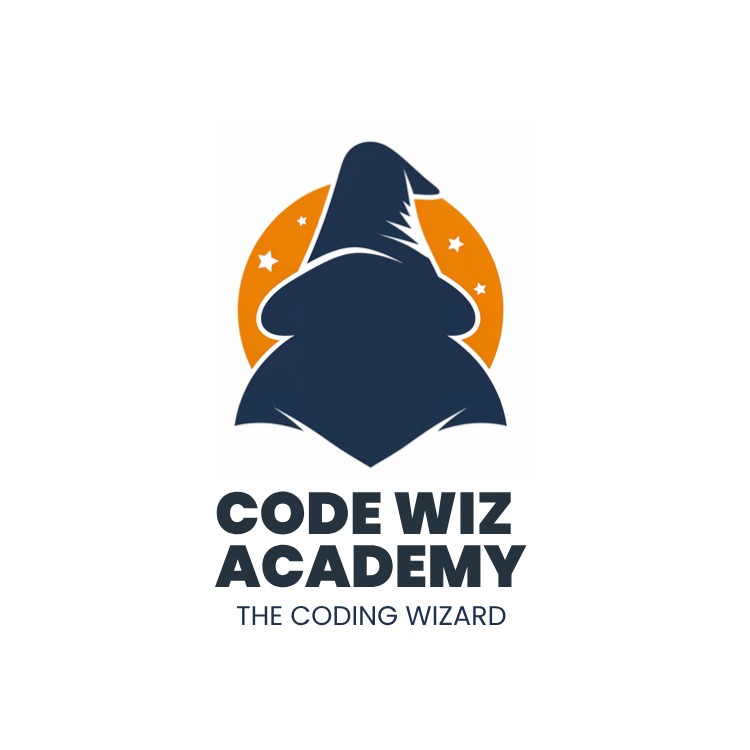What is Adaptive Learning?
Adaptive learning systems analyze a student’s performance and behavior in real-time. The software used in adaptive learning collects data on the student’s performance and behavior, using algorithms to adjust the pace, content, and difficulty of the learning materials. The result is a tailored learning experience that is optimized for each student’s unique needs and preferences.
Is adaptive learning AI based?
Adaptive Learning is a form of artificial intelligence (AI) because it uses algorithms to analyze data and adjust the learning experience. AI refers to the ability of machines to perform tasks that typically require human intelligence, such as learning, reasoning, and problem-solving. Adaptive learning systems use AI techniques to personalize the learning experience for each individual student, making it an example of AI based teaching learning process is way more effective and efficient in understanding the learners’ needs. AI can be used in the adaptive learning based teaching learning process where it can be used to detect the pattern of repetition of errors made by the learner.
Basis this pattern, the following exercises and content can be modified to make sure that the learner gets a good understanding of the current topic before moving further.
In a typical classroom scenario, the teacher teaches a topic pertaining to the curriculum.
At the end of the session the teacher would ask the students if they have any doubts. Due to large number of students in the classroom and limited time duration, the teacher is often not able to clarify the doubts of all the students. Technology on the other hand can address the learners’ needs efficiently enough.
Adaptive learning for personalized student learning experience
Adaptive learning systems can use a variety of techniques to personalize the learning experience. For example, they might use algorithms to determine the student’s current level of understanding and adjust the difficulty level of the material accordingly. They might also use data from the student’s past performance to identify areas of strength and weakness, and provide additional support in areas where the student needs more help.

Content presented to all the students at the beginning of the session is the same. Each topic or sub topic would be followed by a set of exercises. Depending on the performance of the learner, the subsequent content would be presented. This subsequent content might vary in the level of understanding or the style of presentation. Repeatedly showing the same content might not be helpful to the learner if they do not understand it in probably two or three repetitions. It simply indicates that the learner has a different learning style. Thus the content in the subsequent instances can be presented using an alternate media format. Maybe if in the first instance the content was presented in a textual format, in the following instance it could be presented in a video or a presentation format to give a picturesque view of the topic for better understanding. If the learner is not presented with an alternate solution, what would happen is that the learner would be stuck at the same topic while other students, who would have understood the lesson, would move forward and this particular learner would be left behind in the class. In such a situation in the class without technology, a learner generally resolves on to rote learning just from the point of view of moving ahead in the class. Such learning is of no use since the learner does not comprehend the content being shared, then how would he/she even apply it in real life. This situation can be faced by one or many of the students in the class. Thus, for making sure that the learner learns the topic by understanding and also without compromising on the time spent, AI based technology can be used.
Adaptive learning systems can be used in a variety of educational contexts, from K-12 classrooms to college courses and corporate training programs. By personalizing the learning experience, adaptive learning systems can help students learn more efficiently and effectively, and achieve better outcomes. Education is evolving. With technological advancements, traditional teaching methods are becoming outdated. The need for personalized education has become increasingly apparent. The concept of adaptive learning has emerged as a solution to this challenge.
Benefits of Adaptive Learning
Out of the numerous benefits of adaptive learning, here are a few of the important and well known ones. First and foremost, adaptive learning provides a personalized learning experience that is tailored to the student’s unique needs and preferences. This approach allows students to learn at their own pace, and to focus on the areas where they need the most help. This personalized approach can lead to increased engagement, motivation, and success.
Another benefit of adaptive learning is its flexibility. Adaptive learning systems can be used in a variety of educational contexts, from K-12 classrooms to college courses and corporate training programs. This flexibility allows for a more efficient use of resources, as adaptive learning systems can be used to supplement or replace traditional teaching methods.
Adaptive learning can also lead to better outcomes. By adjusting the learning experience to the individual student, adaptive learning systems can help students learn more efficiently and effectively, and achieve better results. Studies have shown that adaptive learning can lead to better retention rates, higher test scores, and improved overall performance.
Challenges of Adaptive Learning
While adaptive learning has many benefits, there are also some challenges that must be addressed. One challenge is the need for high-quality data. Adaptive learning systems rely on accurate data to personalize the learning experience. If the data is inaccurate or incomplete, the learning experience may not be optimal.
Another challenge is the need for effective algorithms. Adaptive learning systems rely on algorithms to analyze data and adjust the learning experience. If the algorithms are not effective, the learning experience may not be personalized in an optimal way.
There is also a challenge related to implementation. Adaptive learning systems require a significant investment in technology and infrastructure. This can be a barrier for some institutions that lack the necessary resources.
Finally, there is a challenge related to privacy and security. Adaptive learning systems collect a large amount of data on students, which raise concerns about privacy and security. Institutions must ensure that they are collecting and storing data in a secure and ethical manner.
Examples of Adaptive Learning
There are many examples of adaptive learning in action. One example is the Knewton platform, which is used by Pearson, one of the world’s largest educational publishers. Knewton uses algorithms to analyze data on student performance and adjust the learning experience accordingly. Another example is DreamBox, which is used in K-12 classrooms to provide personalized math instruction.
In higher education, adaptive learning is being used to provide personalized instruction in a variety of subjects, including math, science, and foreign languages. The University of Central Florida has used adaptive learning to improve retention rates in its introductory statistics course. By using adaptive learning, the university was able to increase the pass rate by 10% and reduce the dropout rate by 22%.
A Learning Management System (LMS) such as Moddle can also be used to provide adaptive learning experience to the learners. Using the learner data, the instructor can set up course content to meet their students’ learning needs.
Please share your views as a teacher or as a learner about using adaptive learning based technology.
#adaptivelearning #personalizedlearning #edtech #elearning #adaptiveeducation #studentcentered #differentiatedinstruction #individualizedlearning #learnercentered #smartlearning #dataanalytics #artificialintelligence #machinelearning #gamification #digitallearning #blendedlearning #onlinelearning #21stcenturyskills #educationtechnology #learninganalytics #learnerprofiles #personalizedinstruction #customizedlearning #studentprogress #datainformedinstruction




